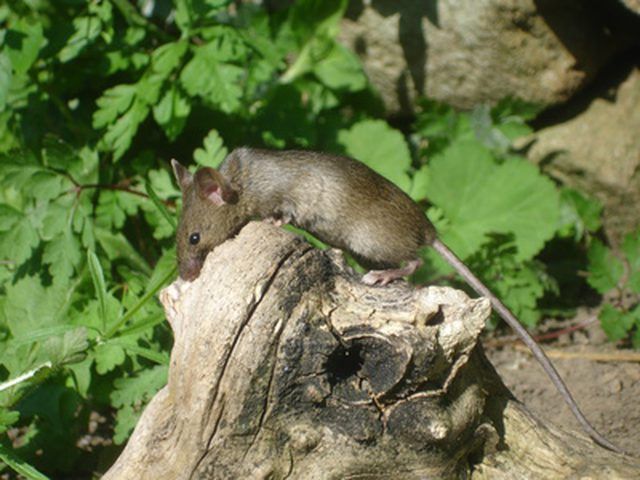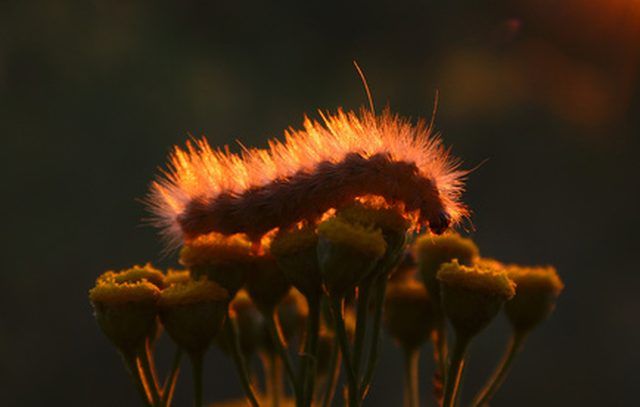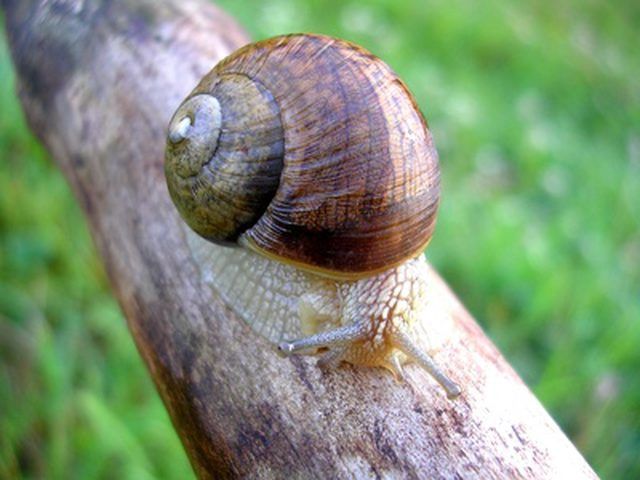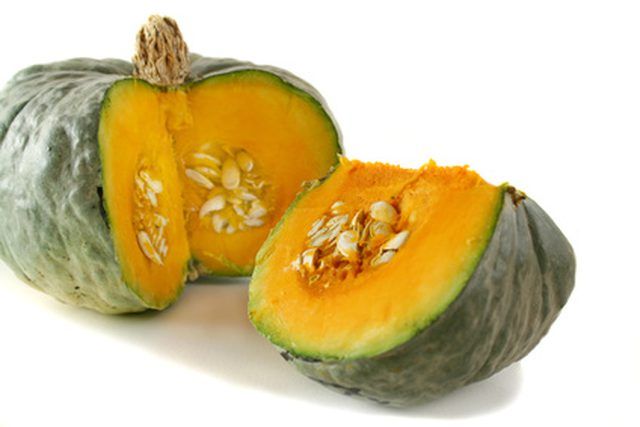Bulbs
Flower Basics
Flower Beds & Specialty Gardens
Flower Garden
Garden Furniture
Garden Gnomes
Garden Seeds
Garden Sheds
Garden Statues
Garden Tools & Supplies
Gardening Basics
Green & Organic
Groundcovers & Vines
Growing Annuals
Growing Basil
Growing Beans
Growing Berries
Growing Blueberries
Growing Cactus
Growing Corn
Growing Cotton
Growing Edibles
Growing Flowers
Growing Garlic
Growing Grapes
Growing Grass
Growing Herbs
Growing Jasmine
Growing Mint
Growing Mushrooms
Orchids
Growing Peanuts
Growing Perennials
Growing Plants
Growing Rosemary
Growing Roses
Growing Strawberries
Growing Sunflowers
Growing Thyme
Growing Tomatoes
Growing Tulips
Growing Vegetables
Herb Basics
Herb Garden
Indoor Growing
Landscaping Basics
Landscaping Patios
Landscaping Plants
Landscaping Shrubs
Landscaping Trees
Landscaping Walks & Pathways
Lawn Basics
Lawn Maintenance
Lawn Mowers
Lawn Ornaments
Lawn Planting
Lawn Tools
Outdoor Growing
Overall Landscape Planning
Pests, Weeds & Problems
Plant Basics
Rock Garden
Rose Garden
Shrubs
Soil
Specialty Gardens
Trees
Vegetable Garden
Yard Maintenance
Wild Field Mouse Diet
Wild Field Mouse Diet. The field mouse is the common term for the long-tailed field mouse or wood mouse. It is a small mouse with large eyes and ears, and its fur is mostly dark brown with white along the underbelly. Adult long-tailed field mice are about 10 cm in length. The long-tailed field mouse is omnivorous, meaning it eats both plants and...
The field mouse is the common term for the long-tailed field mouse or wood mouse. It is a small mouse with large eyes and ears, and its fur is mostly dark brown with white along the underbelly. Adult long-tailed field mice are about 10 cm in length. The long-tailed field mouse is omnivorous, meaning it eats both plants and animals. Field mice commonly eat seeds, berries, fruits, insects, invertebrates, and even carrion.

The long-tailed field mouse is nocturnal. It spends the daylight hours hiding and the nighttime hours scavenging for food. Field mice are most often found in forests, grasslands, and fields where there is abundant food.

Field mice are granivores for the most part, meaning the majority of their diet consists of seeds. The most common seeds for the field mouse are those from trees such as oaks, ashes, hawthorns, and sycamores. Field mice often store seeds in their burrow to last the winter months.

Wood mice feed on both living and dead insects such as grasshoppers, spiders, caterpillars, and moths. Field mice also eat the larva of insects which they find burrowed in the ground. This is most common during the winter months when seeds and berries are scarce.

Field mice eat a variety of invertebrates including centipedes, earthworms, snails and slugs. Field mice are also known to eat carrion.

Field mice are commonly thought of as pests because they often eat from gardens and planted crop fields. Field mice will eat almost anything, including a variety of fruits, seeds, and nuts, found in gardens or orchards. A large infestation of field mice can be detrimental to a field of crops. Field mice can also invade the home, feeding on human food in cabinets and pantries. Their urine can cause salmonella contamination in the home.
